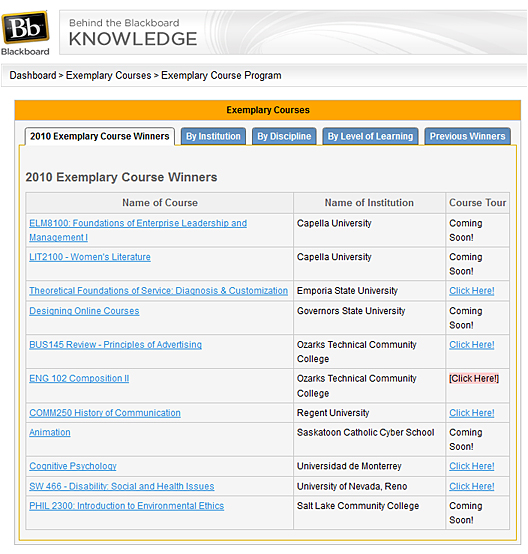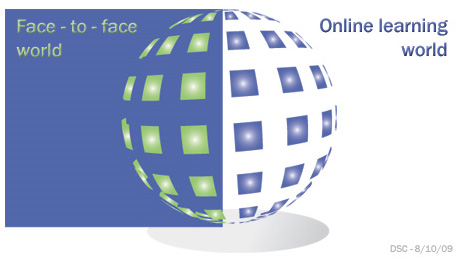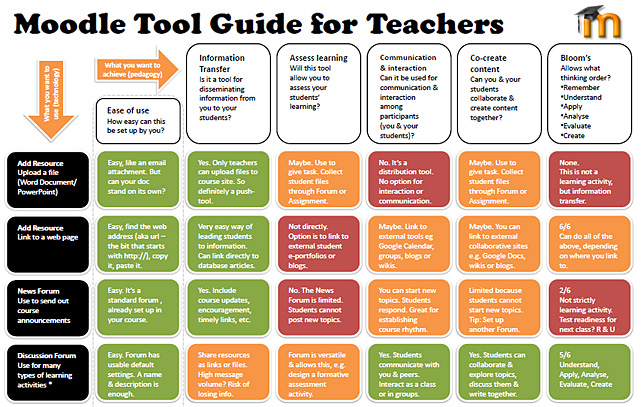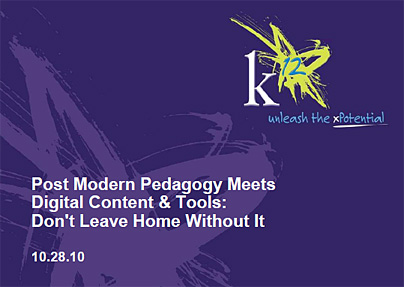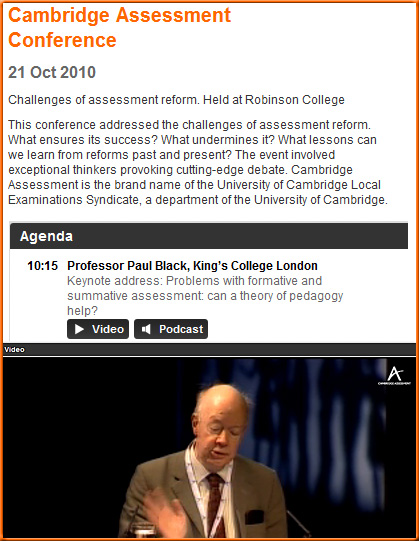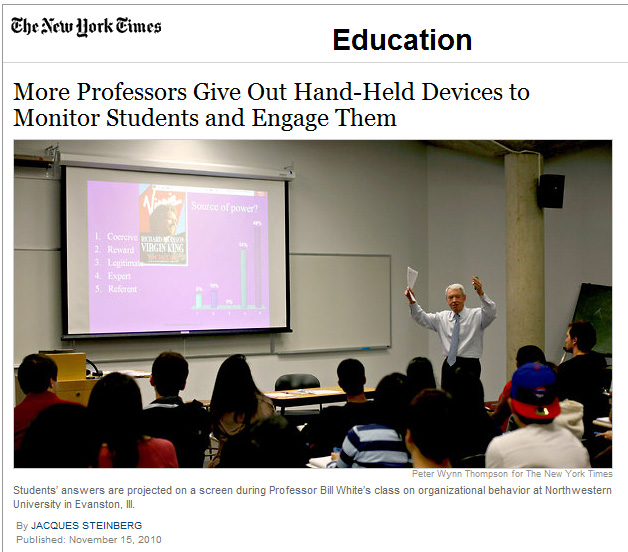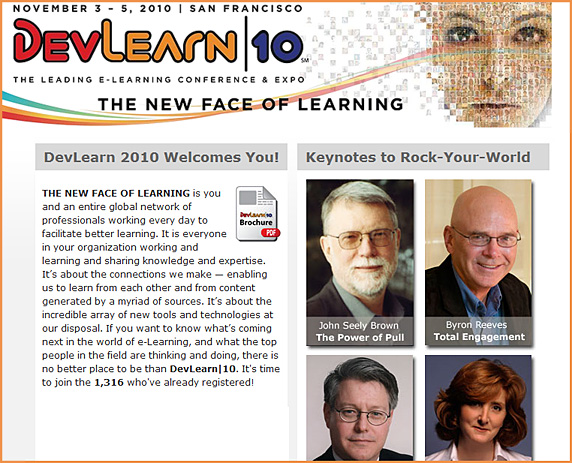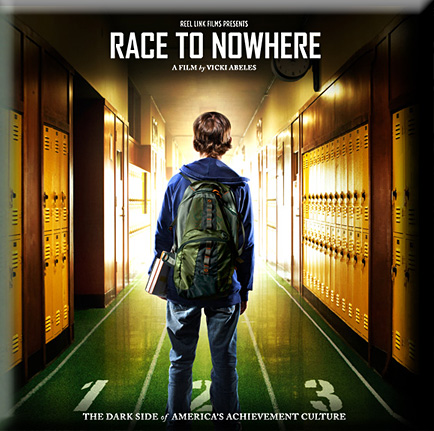Example excerpts from 2010 University of Nevada, Reno
Best Practices
When asked to identify three best practices achieved by this course, one course reviewer wrote: “In all honesty this course is so well done that choosing three is like saying you have a favourite child. I really can’t do it.”
Organized and intriguing layout
- The overall layout of the course is great. Students should not have any difficulty with navigation.
- The content is provided in appropriate chunks in both text and as narrated presentations with a text transcript. I think this would appeal students of all learning styles.
- Overall organization and consistent,uniform design of modules makes the progression of learning intuitive and exciting. The modules include introductions and objectives, a variety of media, self-checks, and multiple assessments.
- Each unit is clearly defined with goals and objectives. The instructor does a very nice job connecting one unit to the next by providing a welcome at the beginning of each unit which recaps the previous unit and introduces the new unit.
Innovative use of technology
- The extensive use of video and screencasts is wonderful.
- The active use of the Voiceboard tools is fantastic.
- The use of voice chats and voice boards make interaction and collaboration more effective than the usual discussion boards.
- This course strategically places these tools where they can best be utilized to meet the objectives – this course not only uses great technology, but also uses it in a pedagogically sound manner.
- The Soapbox Moment blog is a wonderful tool that allows the instructor to voice his/her viewpoints in the most appropriate place, helping him/her to remain neutral in other discussions and let his/her students’ thoughts flow freely. The soapbox uses current issues that are directly related to the course and allows students to apply what they have learned to real-world situations.
Interesting content
- The Getting Started Activities, including a course tour and the use of Camtasia for the first week Assignment, were a really great idea.
- The orientation is execellent. The instructor does a great job explaining the course goals and objectives as well as taking time to make students feel comfortable. In the orientation you get the sense that this instructor is available and accessible for students.
- The self check exercises and varied assessments are appealling. The proctored exams ensure the integrity of the course.
- The interactions and outcomes, reflected in student testimonials, show a community at work!
- The inclusion of guest speakers is a wonderful design practice. Students can gain some real world experience by interacting with subject matter experts, who have experience in particular content areas.
- I enjoyed the final discussion project, which incorporates the use of peer-review. Students are given the opportunity to engage with classmates, receiving and providing feedback.









